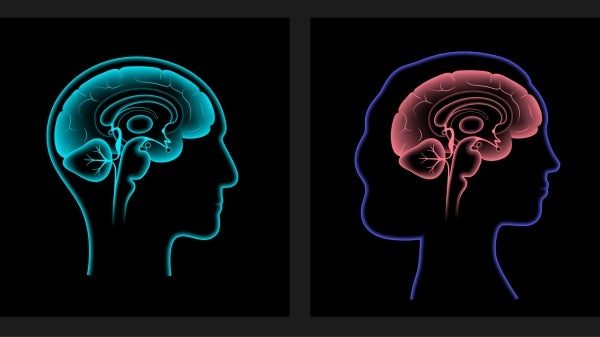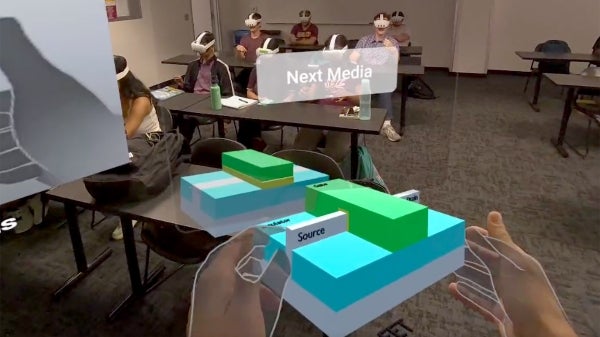ASU professor wins $2.1M NIH New Innovator Award

Alexander Green, Arizona State University Biodesign Institute professor and School of Molecular Sciences faculty member
The National Institutes of Health (NIH) has awarded a five-year, $2.1 million grant to Alexander Green, Arizona State University Biodesign Institute professor and School of Molecular Sciences faculty member, to pursue innovative approaches to major contemporary challenges in biomedical research.
The highly competitive grants, which were recently announced Oct. 5, were among 86 such awards nationwide, were made under the High-Risk, High-Reward Research program supported by the NIH Common Fund.
“I continually point to this program as an example of the creative and revolutionary research NIH supports,” said NIH Director Francis S. Collins. “The quality of the investigators and the impact their research has on the biomedical field is extraordinary.”
This year, Green received the New Innovator Award, which supports unusually innovative research from early career investigators who are within 10 years of their final degree or clinical residency and have not yet received a research project grant (R01) or equivalent NIH grant.
Green has pursued research in diverse areas ranging from synthetic biology to self-assembly to carbon nanomaterials with applications in flexible electronics, energy, and low-cost diagnostics. In just the past year, Green has received several other prestigious awards to support his work, including a DARPA Young Faculty Award, an Alfred P. Sloan Research Fellowship, and a New Investigator Award from the Arizona Biomedical Research Commission.
Green recently co-developed a low cost, paper-based test to rapidly identify the Zika virus and implemented RNA computing systems in living cells. His latest project is a further extension of his RNA nanotechnology research, entitled, “Molecular Fuses for Real-Time, Label-free, Multiplexed imaging of RNAs in Living Cells.”
“We propose a new class of RNA imaging probes that will enable us to visualize multiple RNA molecules in a cell at the same time,” Green said. “These imaging probes are made entirely of RNA and, once they recognize a target RNA of interest, undergo a molecular chain reaction to produce a visible signal. If successful, the proposed research will provide us with a fundamentally new set of imaging tools that will enable us to peer directly into living cells and help reveal the molecular programs that go awry when people become sick.”
This year, the NIH’s High-Risk High-Reward grant program issued 55 New Innovator awards, as well as 12 Pioneer awards, eight Transformative Research awards and 11 Early Independence awards. The total funding, which represents contributions from the NIH Common Fund and multiple NIH institutes, centers, and offices, is approximately $263 million.
More Science and technology

Study finds cerebellum plays role in cognition — and it's different for males and females
Research has shown there can be sex differences between how male and female brains are wired.For example, links have been made…

Artificial intelligence drives need for real data storage innovations
In southeastern Mesa, Arizona, construction crews are hard at work on a state-of-the-art data center. The $1 billion…

Extended reality class prepares students for semiconductor industry
Semiconductor manufacturing is a complex and fast-changing field, driven by innovation and investment to meet growing societal…